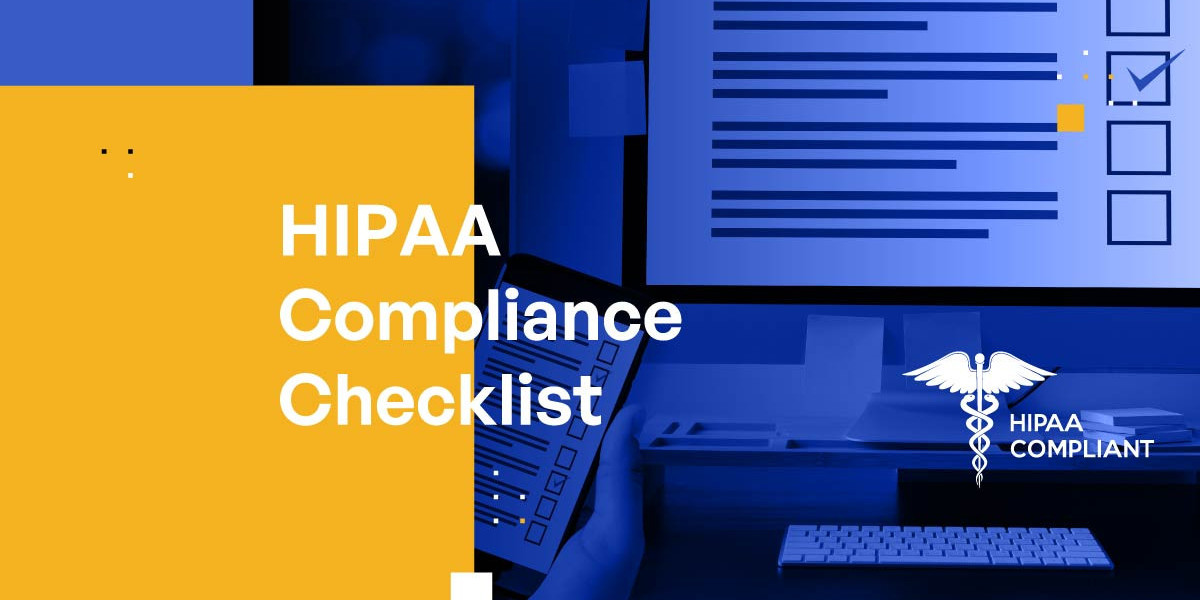In January 2025, Dr. Nguyen opened her clinic’s email to find a terse notice: a business associate had experienced a minor breach, potentially exposing patient data. As she called her IT manager in a panic, she realized that even one overlooked contract or outdated policy could ripple into disaster. Staying compliant with HIPAA can feel like running on a treadmill—constant effort to stay in place—but with the right roadmap, you can turn compliance into a competitive advantage.
This story-driven guide demystifies HIPAA compliance in 2025 with a clear, conversational eight-step checklist. We’ll walk through real-world anecdotes, highlight industry statistics, and translate regulations into everyday actions. By the end, you’ll have the confidence and tools to protect your patients, your reputation, and your bottom line.
Step 1 — Clarify Your HIPAA Role
Covered Entities vs. Business Associates
Dr. Nguyen initially thought that only hospitals needed to worry about HIPAA. Many smaller providers make the same assumption until they face a breach. Under HIPAA, covered entities include healthcare providers, health plans, and clearinghouses, while business associates are vendors or partners that handle PHI on your behalf. Misclassification can leave you unprotected and fully liable.
Practical Action
List all services you provide or receive involving PHI.
Determine whether you’re a covered entity or business associate for each.
Document your conclusions to show regulators you’ve done your homework.
Step 2 — Map Your PHI: Inventory and Data Flow
The Hidden Folder Lesson
At a dental practice in Texas, an intern discovered an old USB drive labeled "2018 scans," packed with unencrypted patient IDs. Unexpected pockets of PHI lurk everywhere, from cloud backups to mobile apps.
Practical Action
Data Inventory: Catalog every location and format of PHI—electronic systems, paper files, portable devices.
Flow Mapping: Diagram how PHI moves through your organization—collection, transmission, storage, and disposal.
Review Regularly: Update your map after system changes or new service launches.
Step 3 — Administrative Safeguards: Policies and People
The Training Turnaround
When Riverside Pediatrics revamped its training from generic videos to role-based, interactive sessions, reported policy violations dropped by 70%. Administrative safeguards—your policies, procedures, and workforce training—are the first line of defense.
Practical Action
Policy Development: Write clear, concise procedures for PHI handling, breach response, and device usage.
Designate Officers: Appoint a Privacy Officer and Security Officer with defined responsibilities.
Training Programs: Deploy initial and annual refreshers tailored to each role—clinicians, front-desk, billing, IT.
Step 4 — Physical Safeguards: Secure Your Spaces
The Server Room Upgrade
After a late-night break-in attempt, Midtown Health installed badge-access controls, surveillance cameras, and tamper alarms on its server room. Physical safeguards protect tangible assets—paper records, servers, storage media—from unauthorized access.
Practical Action
Access Controls: Use locks, badge systems, or biometrics for areas storing PHI.
Environmental Protections: Install fire suppression, climate controls, and uninterruptible power supplies.
Media Handling: Secure backup media in locked, access-controlled locations; wipe or destroy devices before disposal.
Step 5 — Technical Safeguards: Encrypt and Monitor
Encryption to the Rescue
Lakeside Radiology survived a ransomware attack intact because all ePHI backups were encrypted and isolated. Technical safeguards are critical: encryption, unique user authentication, audit trails, and automatic lockouts.
Practical Action
Encryption: Apply strong encryption to PHI at rest (databases, disks) and in transit (emails, file transfers).
Access Control: Implement unique IDs, strong passwords or multifactor authentication, and session timeouts.
Audit Controls: Enable logging and regularly review logs for unusual access patterns or anomalies.
Step 6 — Risk Assessment: Your Organizational Checkup
Annual Cyber Health Exam
Just as patients need annual physicals, your practice needs yearly risk assessments. Identify vulnerabilities—unpatched systems, outdated protocols, shadow IT—then rank them by likelihood and impact.
Practical Action
Framework Selection: Use NIST or HHS guidelines for structure.
Comprehensive Scope: Include all ePHI repositories, network architectures, and user practices.
Documentation: Produce a formal report with remediation plans and timelines.
Step 7 — Business Associate Agreements: Contractual Shields
The Cloud Backup Oversight
When Horizon Clinic shifted backups to a new cloud vendor without a signed BAA, a breach on the vendor’s side sparked a major compliance headache—on Horizon’s dime. BAAs legally bind partners to HIPAA obligations.
Practical Action
Inventory Vendors: List every third party with PHI access.
Execute BAAs: Ensure each vendor signs an agreement outlining permitted PHI uses, security measures, and breach-notification duties.
Ongoing Monitoring: Review vendor compliance annually and require immediate reporting of incidents.
Step 8 — Incident Response: Plan, Practice, Perform
The Tabletop Revelation
During a simulated breach drill, Valley Women’s Health discovered confusion over who contacted patients, the media, and regulators. A robust incident response plan assigns roles, sets timelines, and details communication flows.
Practical Action
Response Team: Assemble cross-functional stakeholders—IT, legal, PR, leadership.
Notification Requirements: Plan to notify affected individuals, OCR, and in some cases, the media—within HIPAA’s 60-day window for breaches of 500+ records.
Drills: Conduct tabletop exercises quarterly to iron out gaps.
Embedding Compliance into Culture
HIPAA isn’t a one-off project; it’s a living commitment. Celebrate wins—like successful drills—share lessons learned, and keep policies up to date. This cultural shift turns compliance from an obligation into a strategic differentiator.
For a turnkey toolkit with customizable templates, risk assessment tools, and training modules, explore our comprehensive HIPAA Compliance Checklist.
Conclusion
HIPAA compliance in 2025 is not just about meeting regulations—it’s about building trust and resilience across your organization. By embracing this eight-step, story-driven checklist, you empower your team to safeguard patient data and demonstrate a commitment to privacy. Stay proactive, stay informed, and let compliance become a cornerstone of your healthcare mission.








